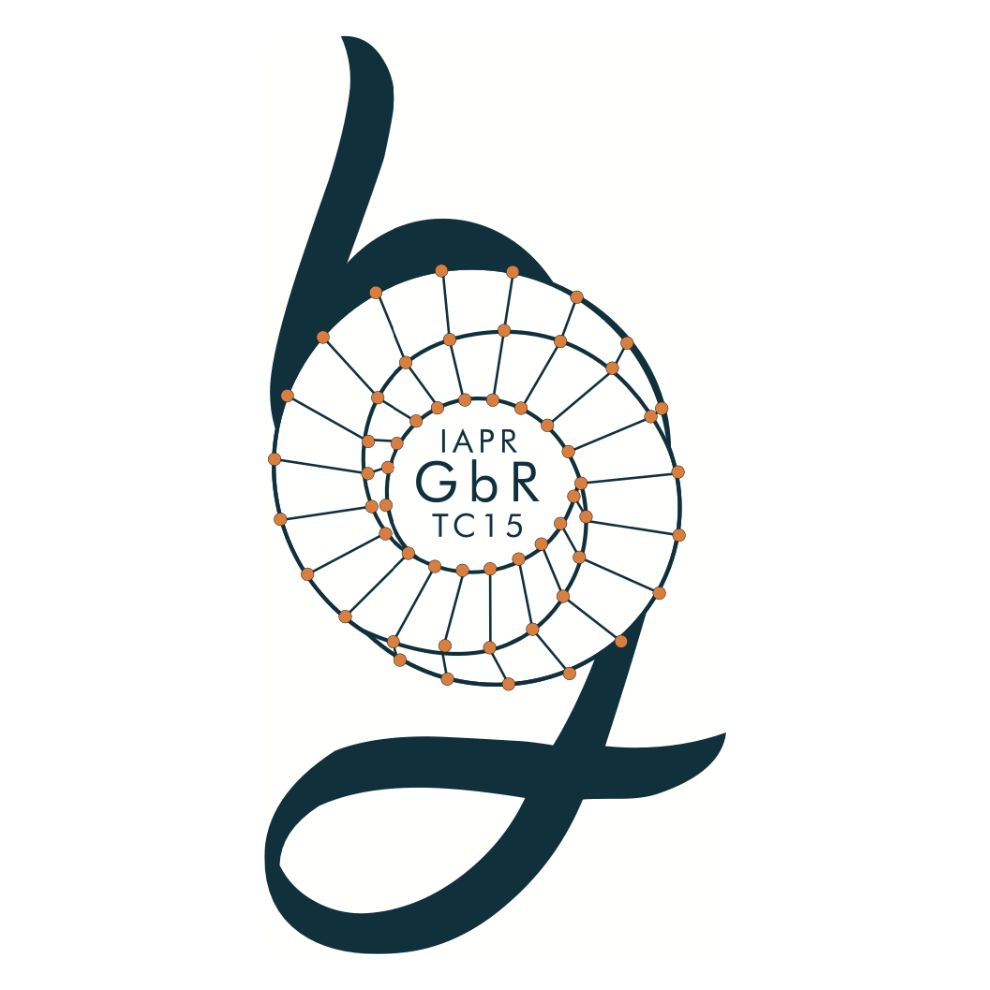As computer power increases, researchers use more complex tools for Pattern Recognition and Image Analysis. Graph theory is such a framework. Along the overall processes from a stimulus to its interpretation, graphs are used for several distinct tasks: hierarchical graphs for image segmentation and for control of perceptual strategies, graph matching for recognition and image understanding, graph manipulation for clustering, conceptual graphs for representation of relational and structural knowledge, even involving time explicitely represented within the graphs.
For instance, many works have already been done over the past few years showing that graphs are very well suited for image segmentation and more generally for image analysis. Graphs are efficient as a processing and representational scheme in pattern recognition and image processing when complex and irregularly sampled data need to be synthesized.
The goal of this Technical Committee is to federate and to encourage research works in Pattern Recognition and Image Analysis within the graph theory framework. Among the topics TC-15 intends to cover, we can list the following (note that some of these topics are related to other domains like obviously graph theory, automata theory, finite state machines, robotics, automation and control, data flow diagrams/ Petri nets) :
- graph based clustering ;
- graph matching ;
- graph based image segmentation ;
- irregular (graph) pyramids ;
- graph representation of shape ;
- graphs vs voronoi diagrams ;
- graphs vs rigid structures (quadtrees, pyramids) ;
- aspect graphs ;
- graph transformations ;
- graph navigation.
- graph embedding and graph kernels
